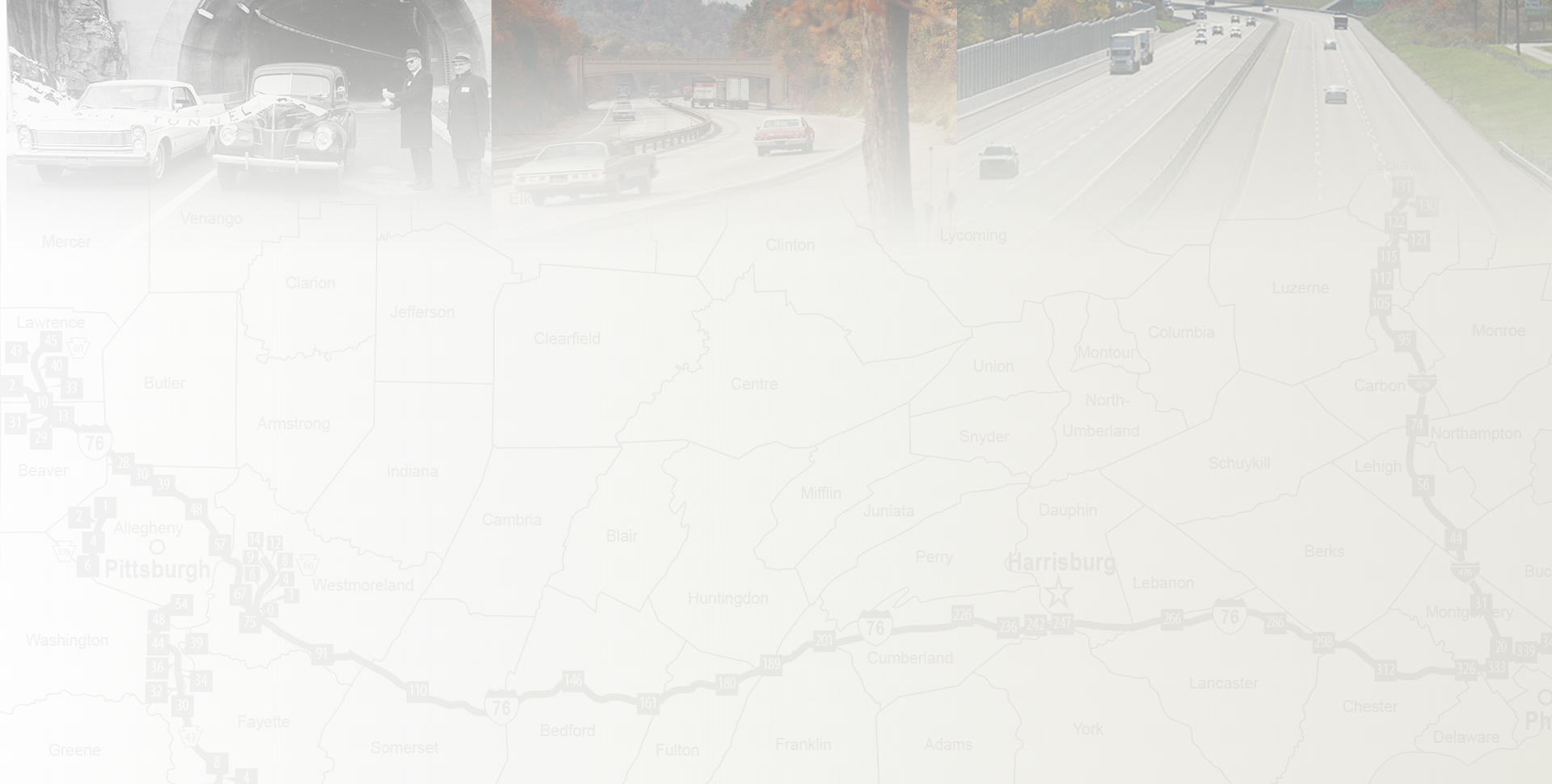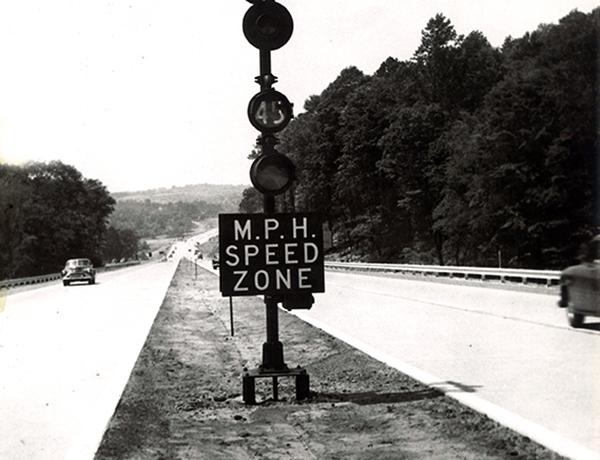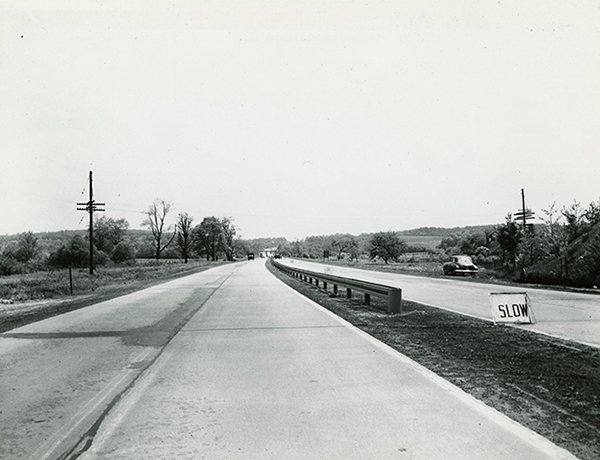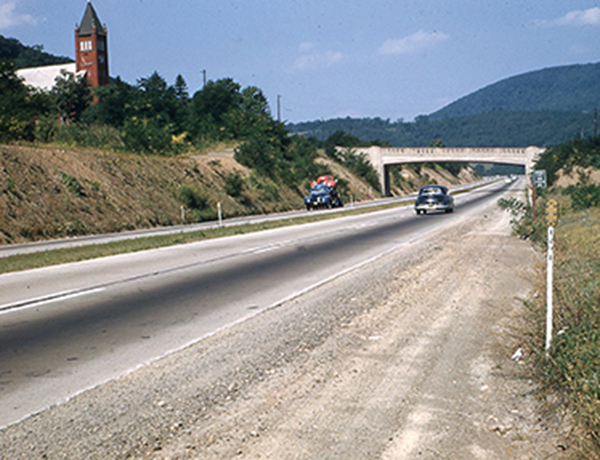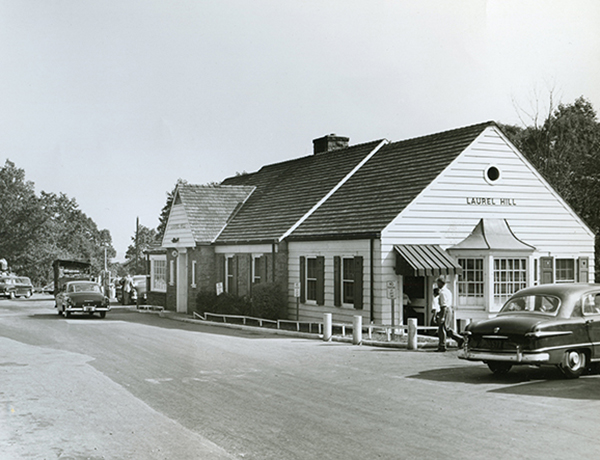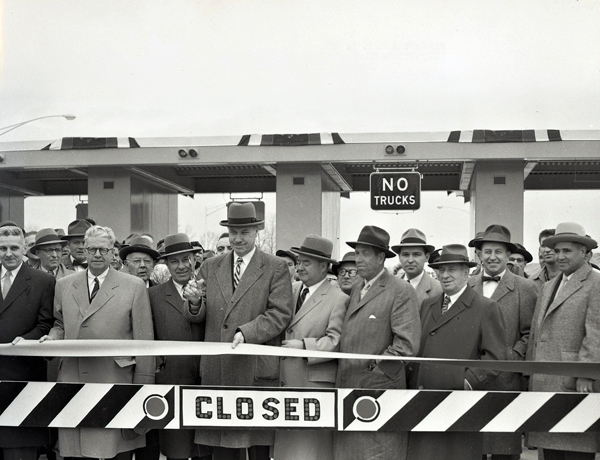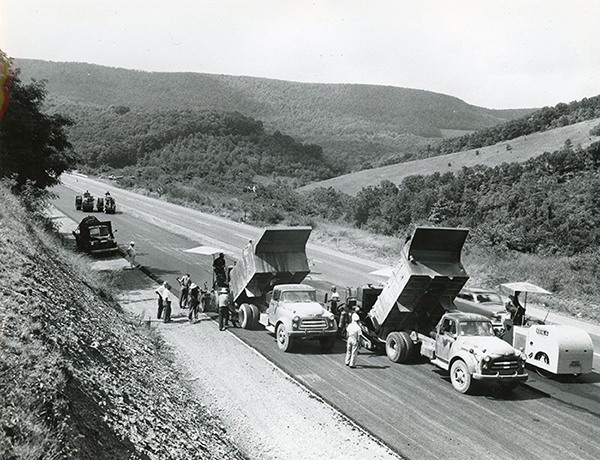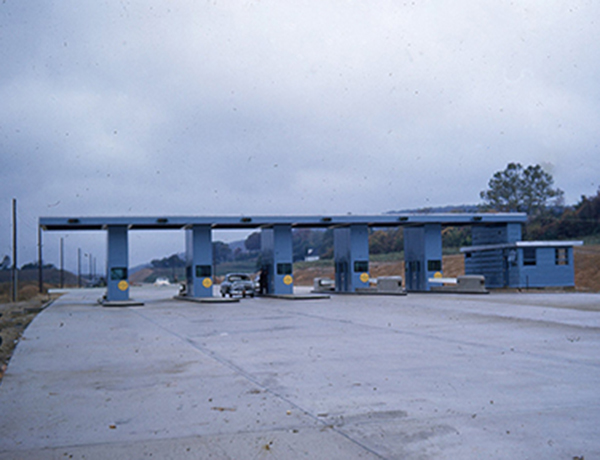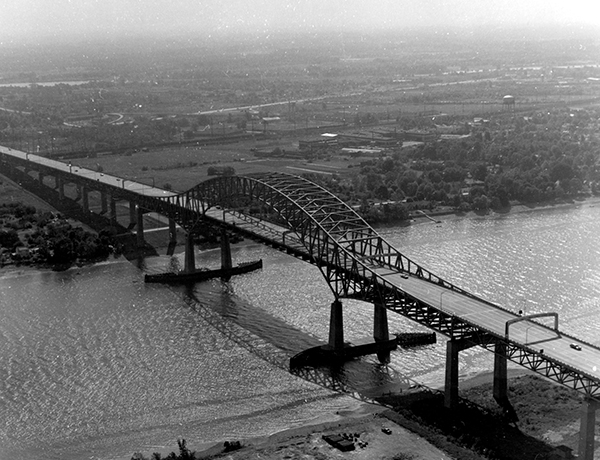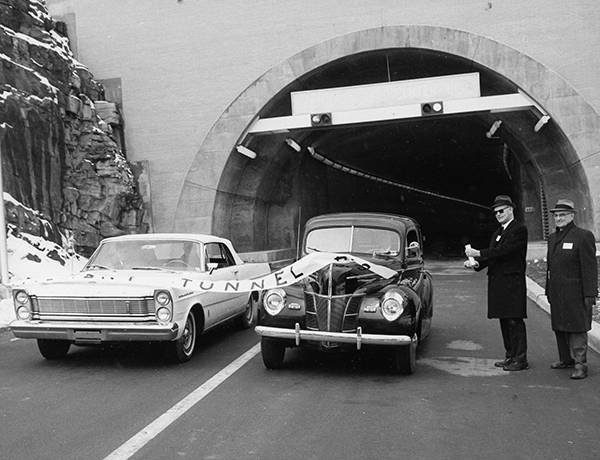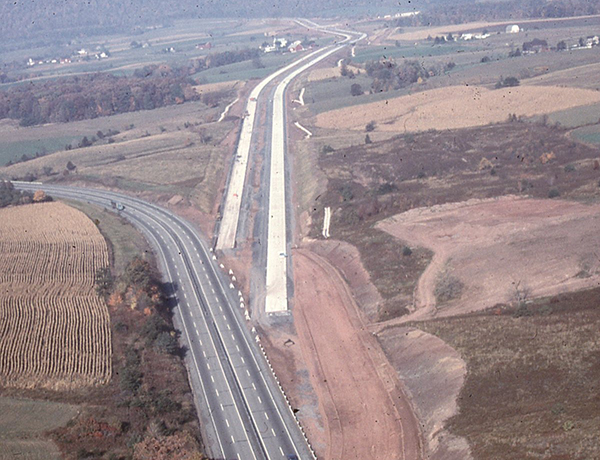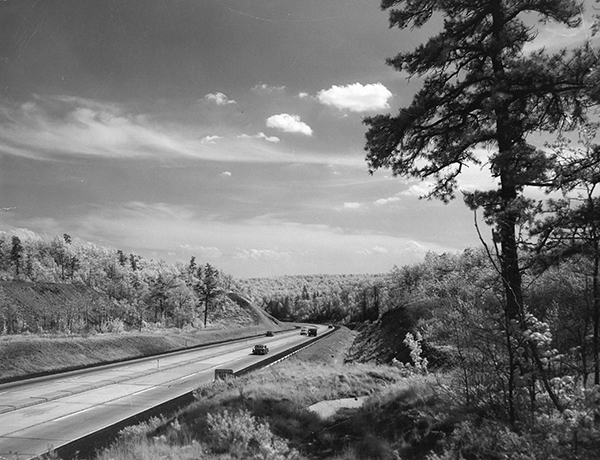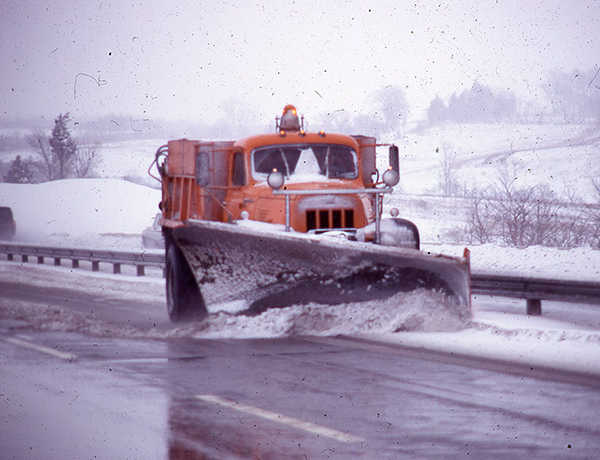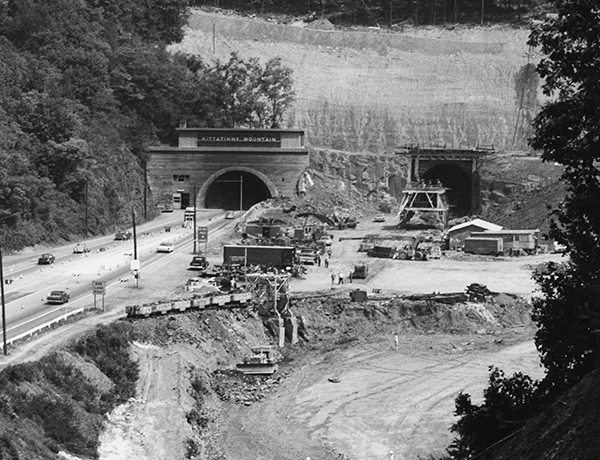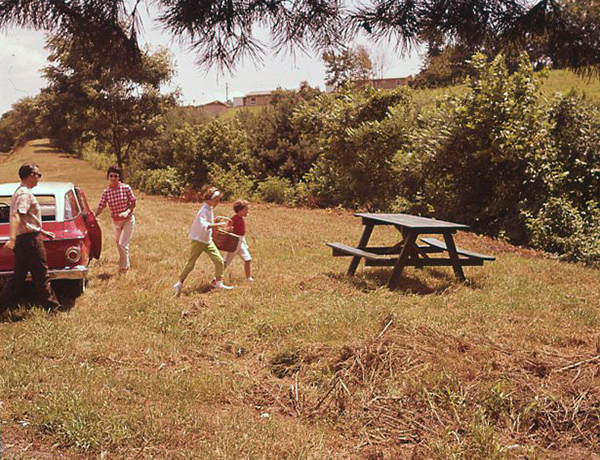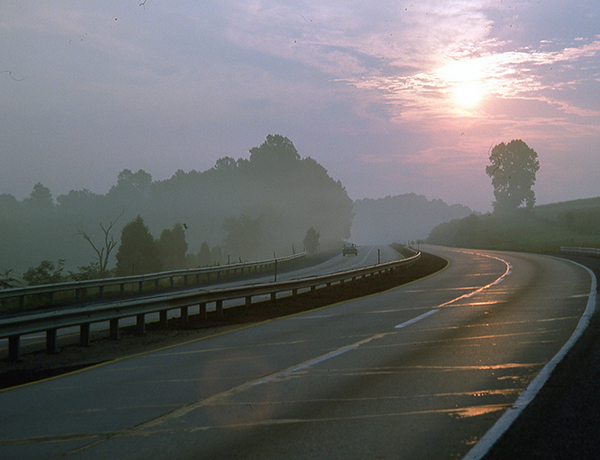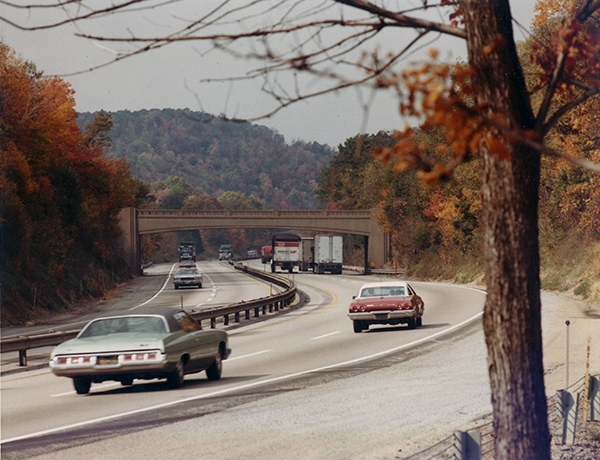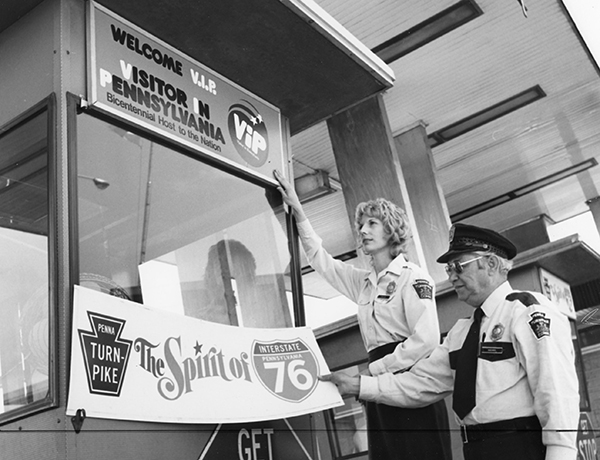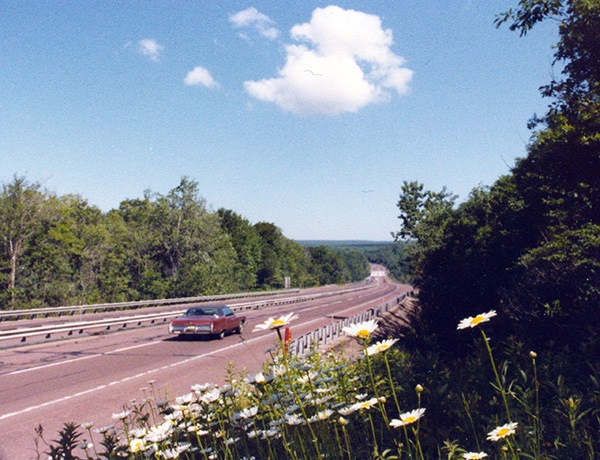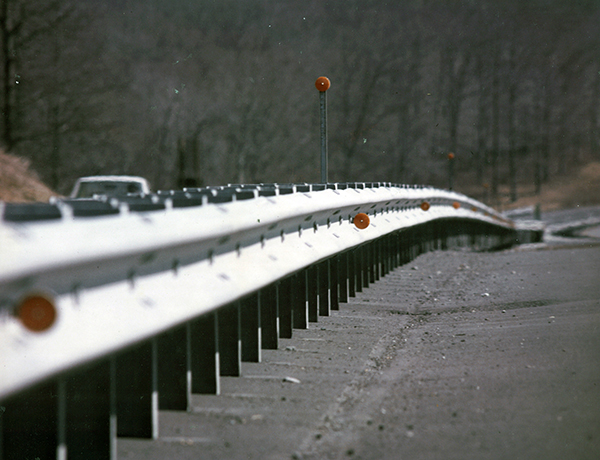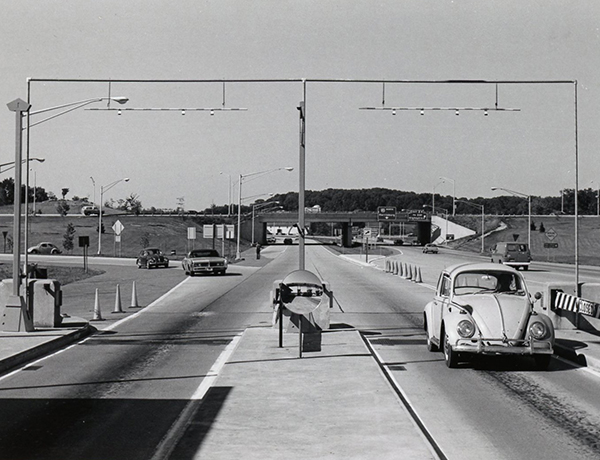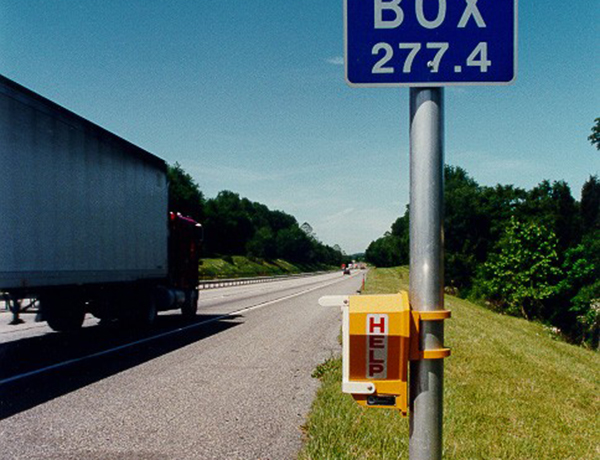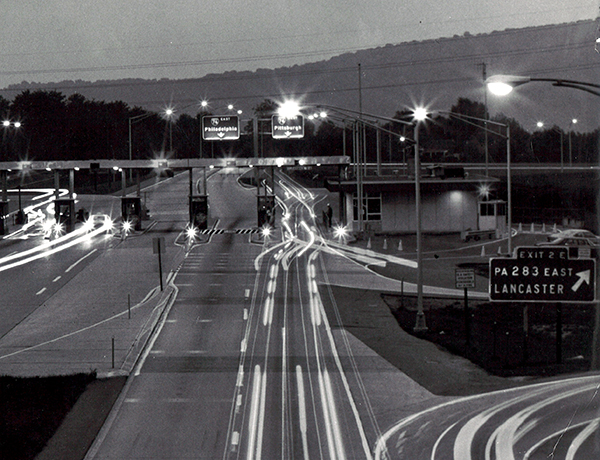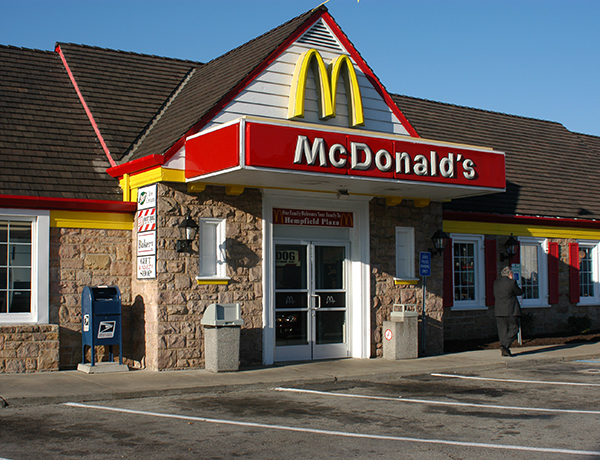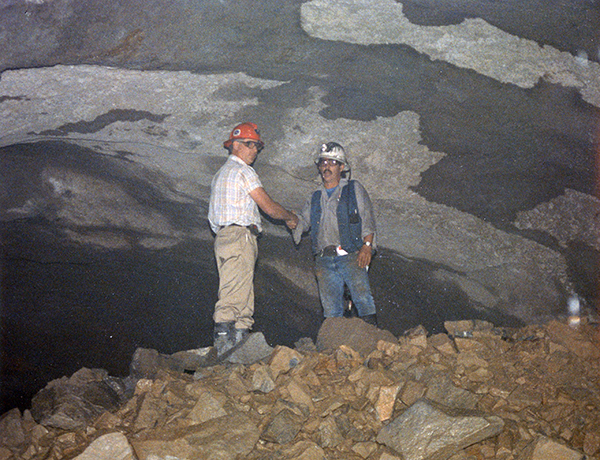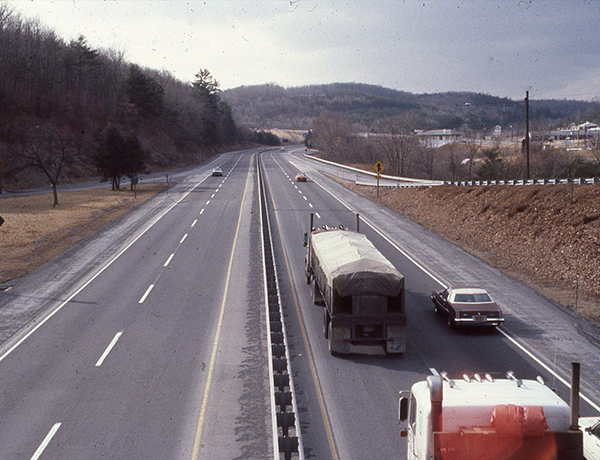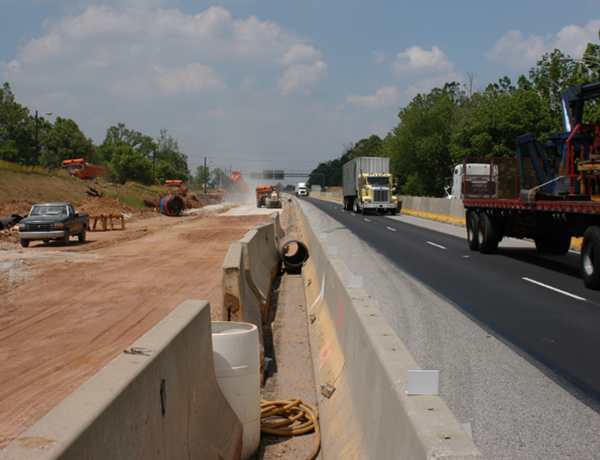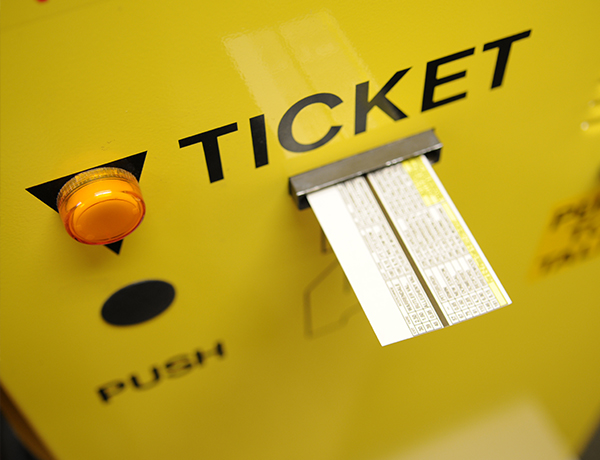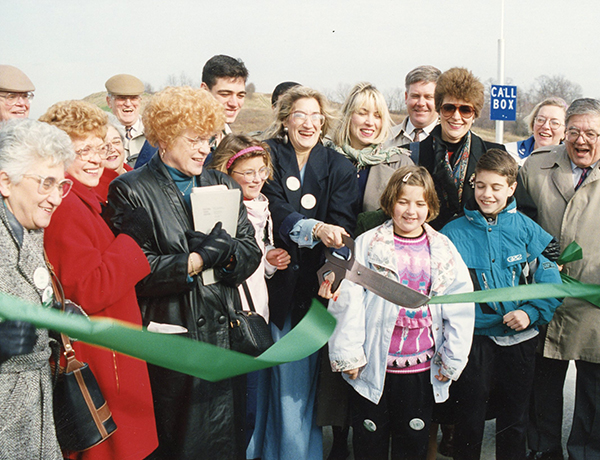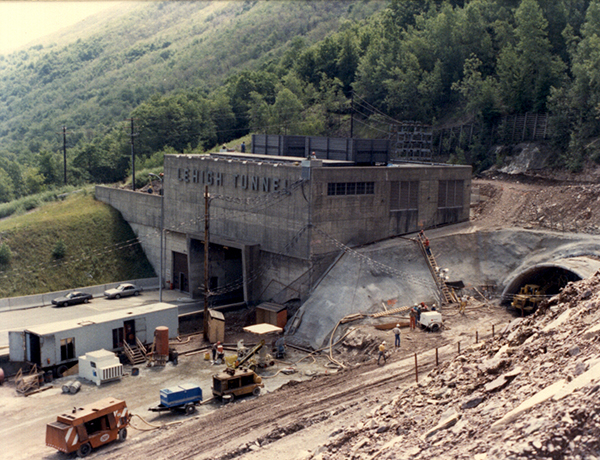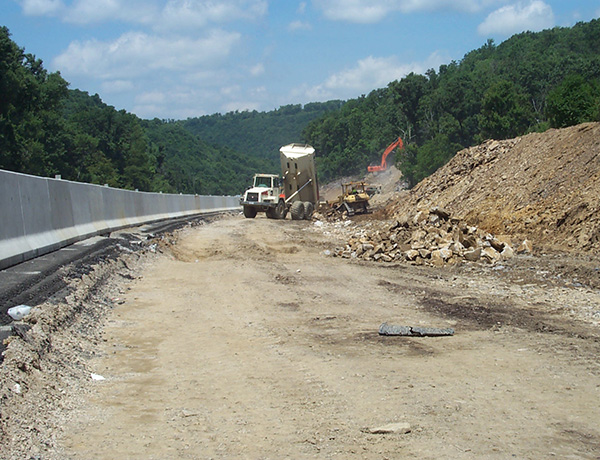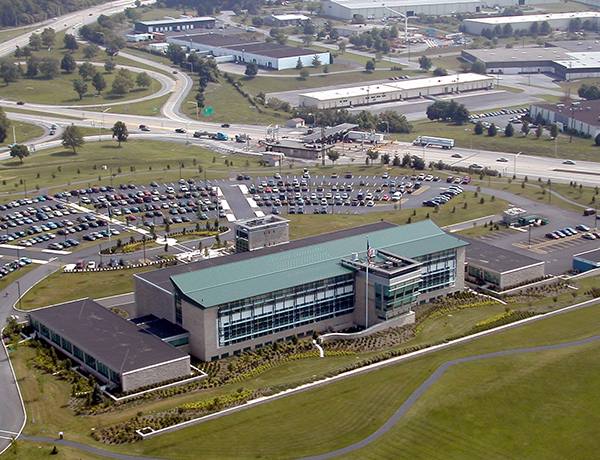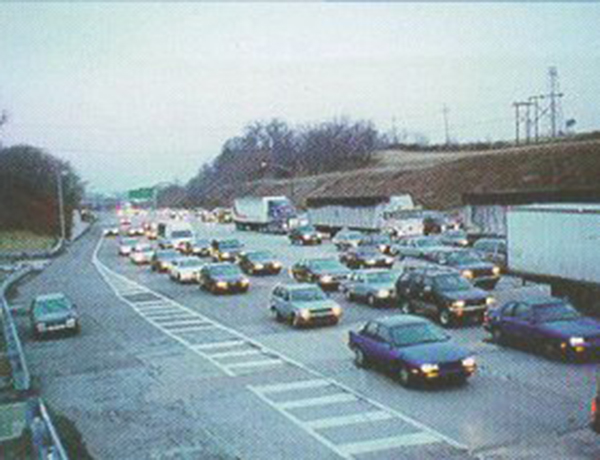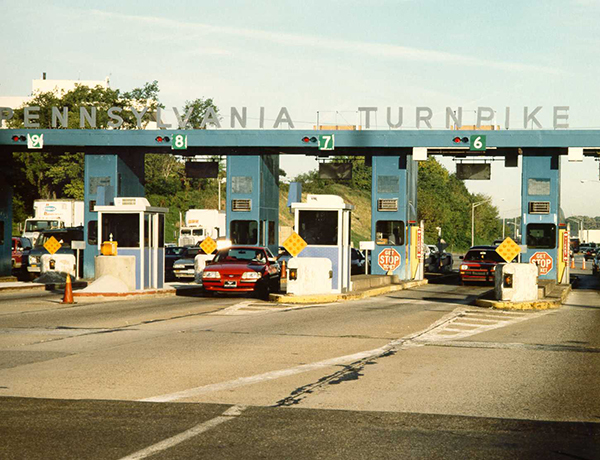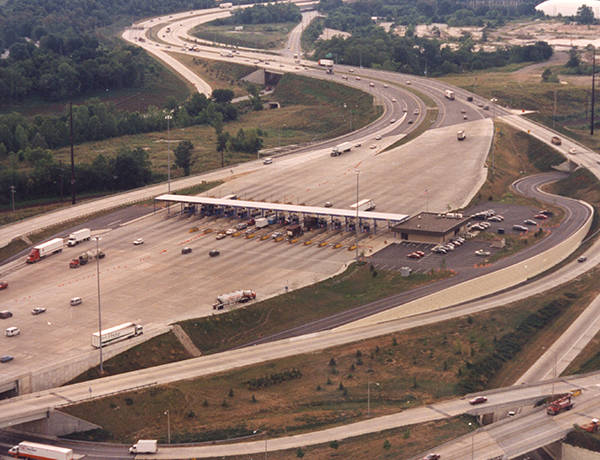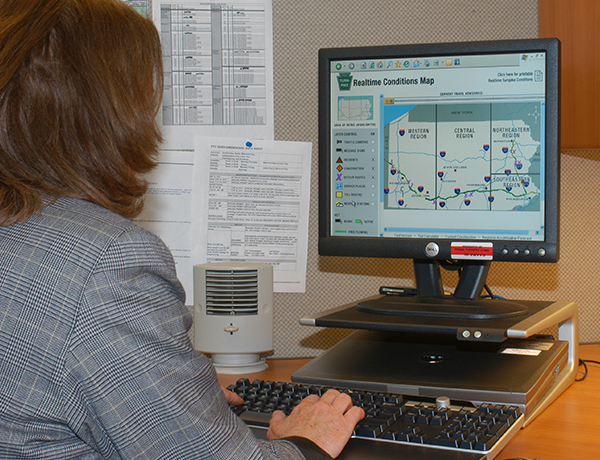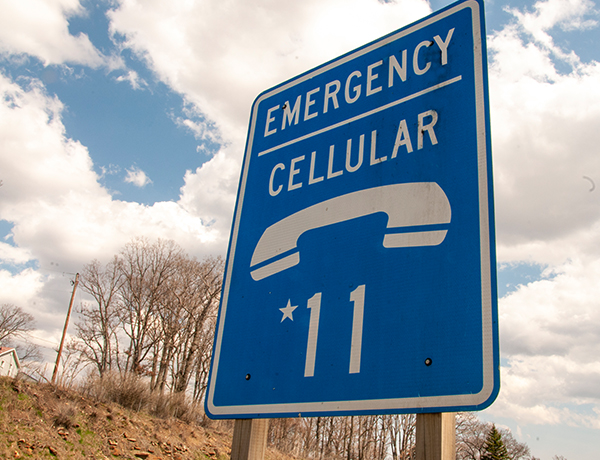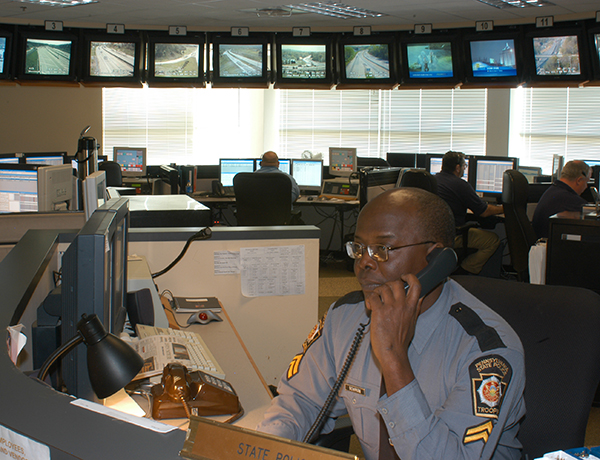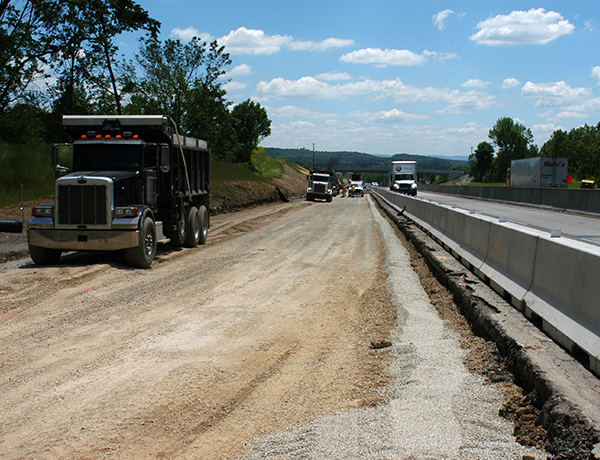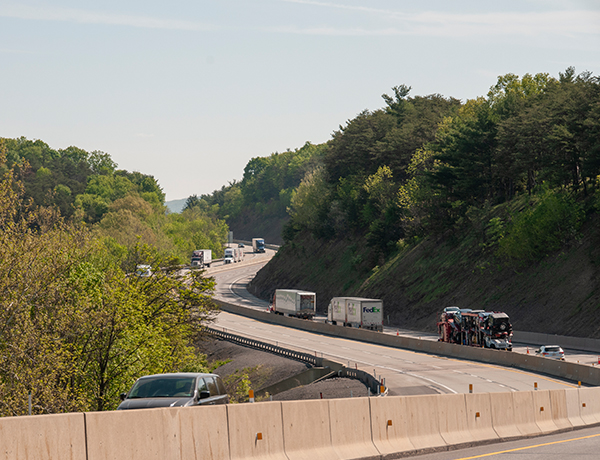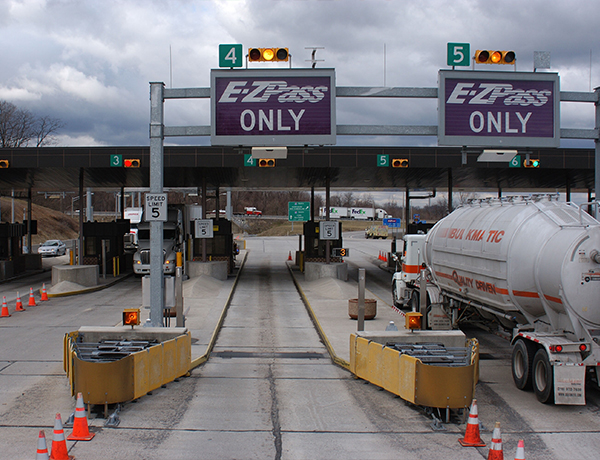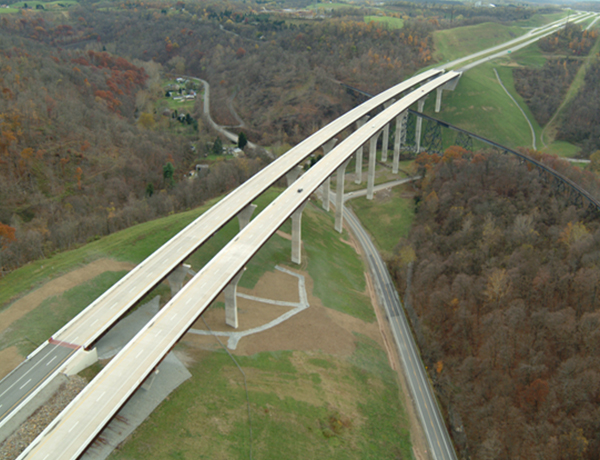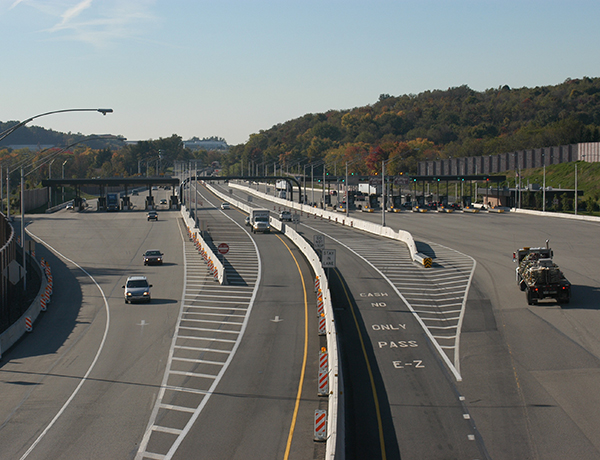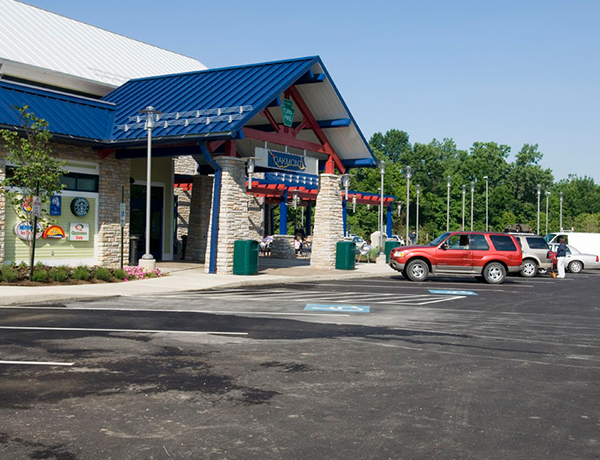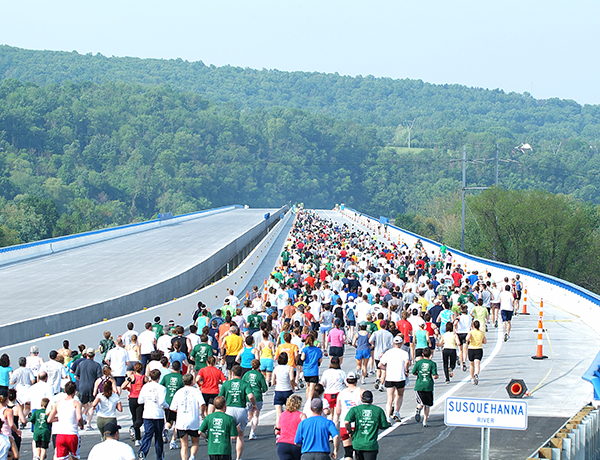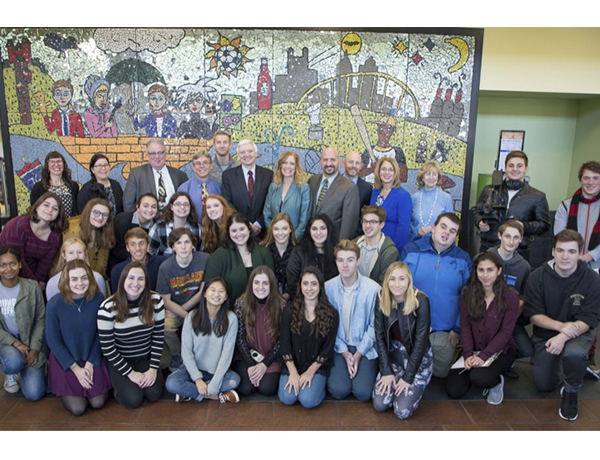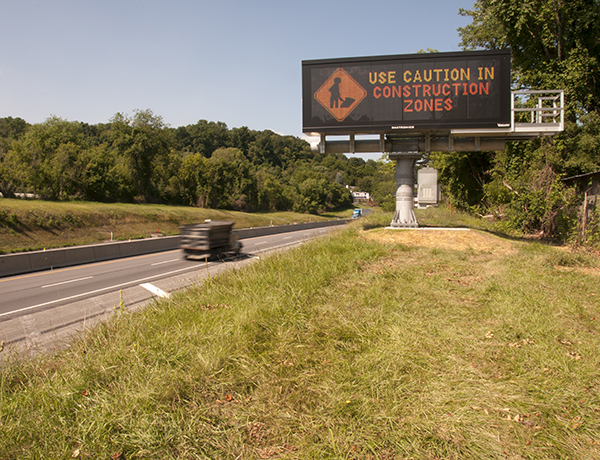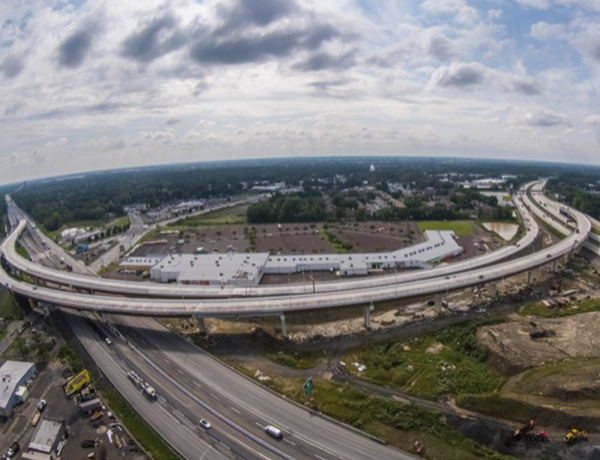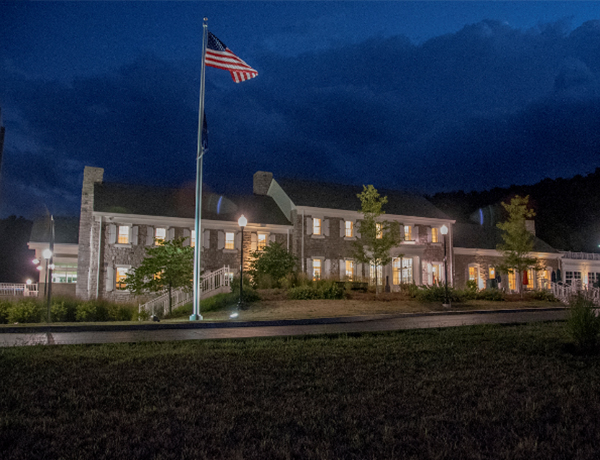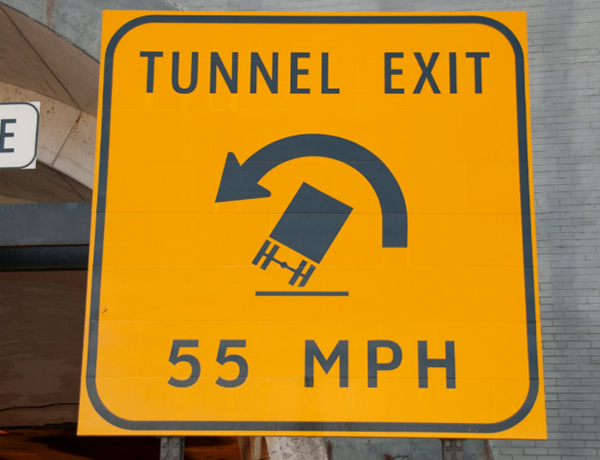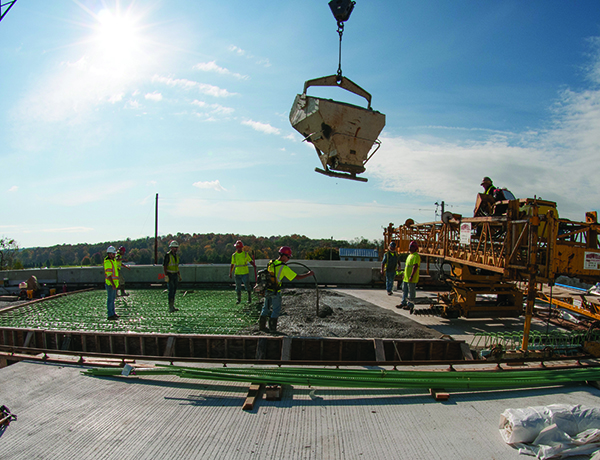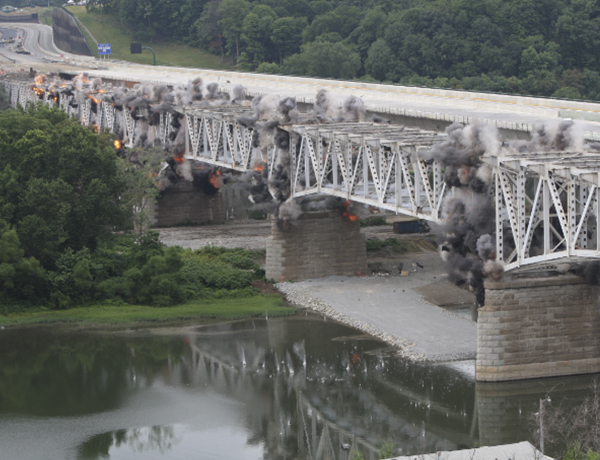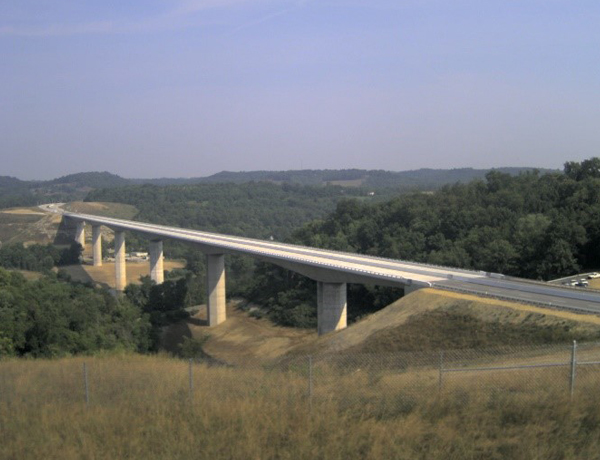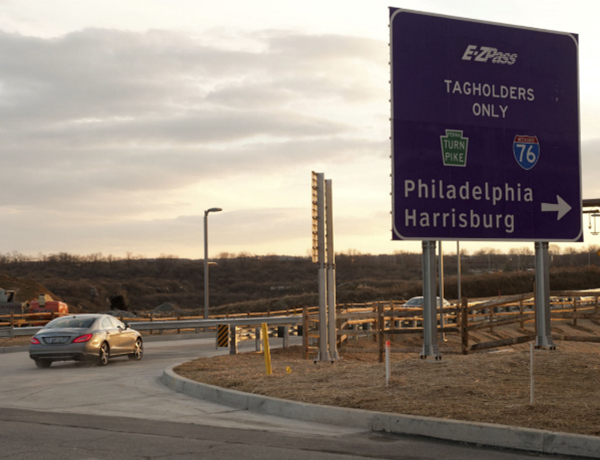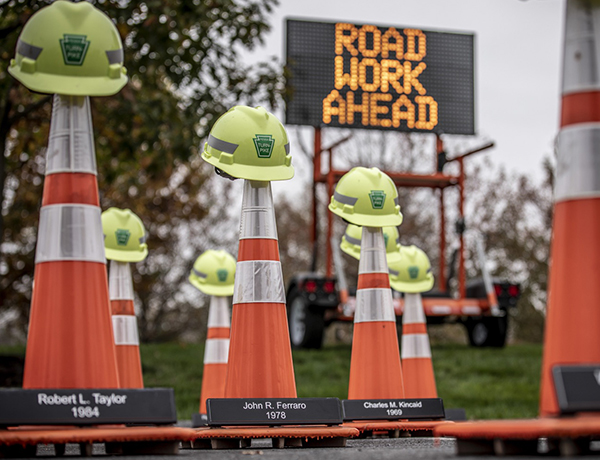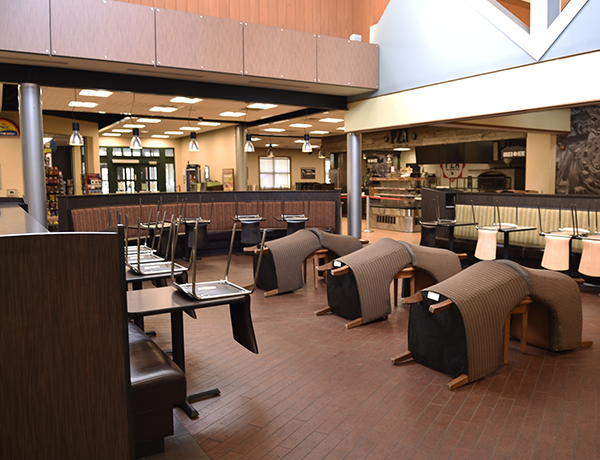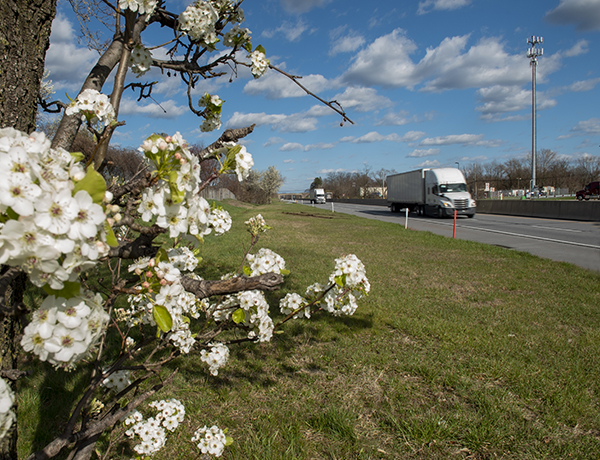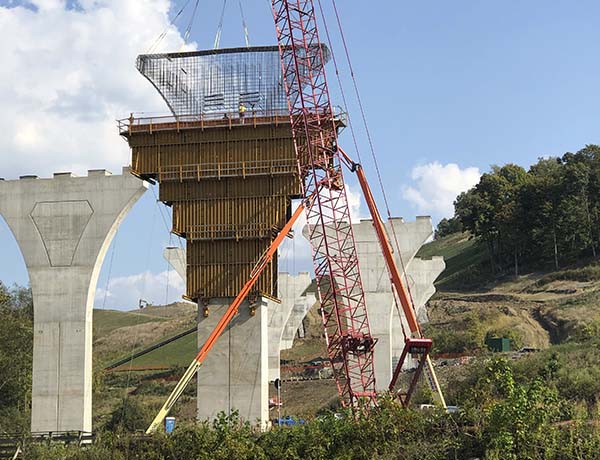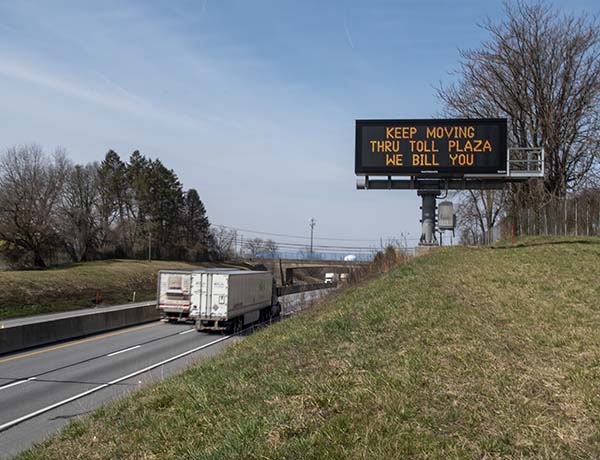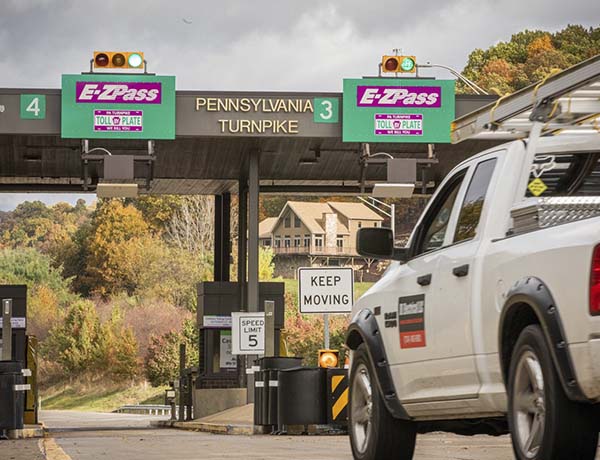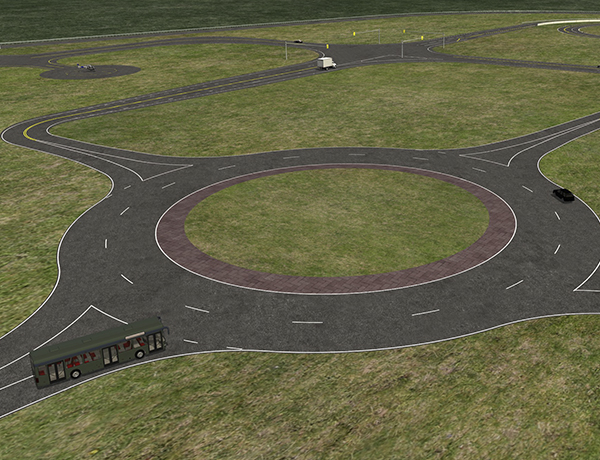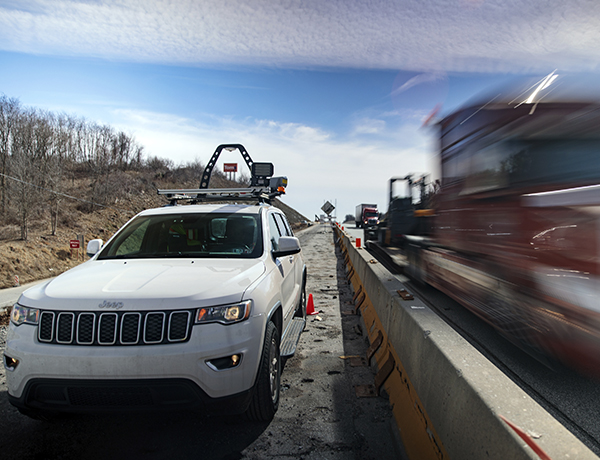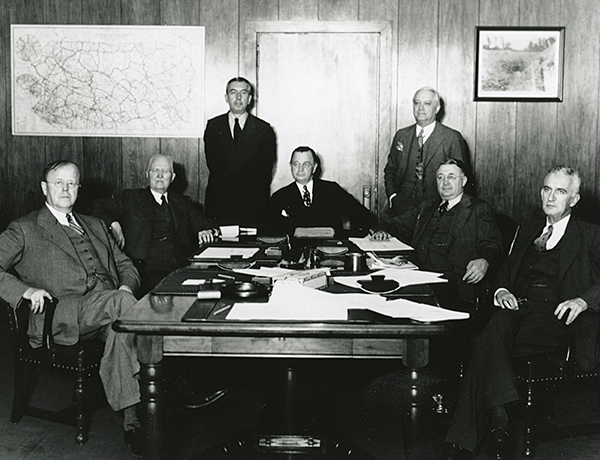
The founding fathers of the PA Turnpike, the original Commissioners, made history by convincing President Franklin D. Roosevelt to grant them federal funding to create America’s First superhighway.
Pictured here is Commissioner Charles T. Carpenter, Commissioner Thomas J. Evans, Executive Secretary and General Counsel John D. Faller, Chairman Walter A. Jones, Chief Engineer Samuel W. Marshall, Commissioner Frank Bebout and Secretary of Highways I. Lamont Hughes.
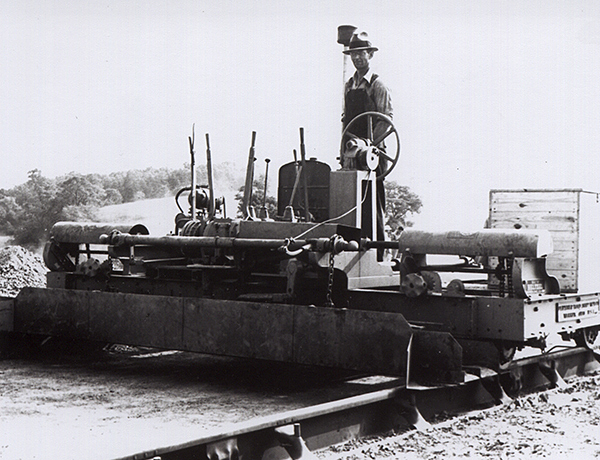
In a span of 23 months 160-miles of pavement was poured to construct the original Turnpike. The roadway also consisted of:
200 feet of right-a-way
12 foot-wide concrete traffic lanes
10 feet of median strip
A total roadway width of 78 feet
A maximum grade of 3 percent and curvature of 6 degrees
Limited access with 1,200 foot long entrance and exit ramps
You cannot find cross streets, driveways, traffic signals or railroad crossings anywhere on the PA Turnpike.
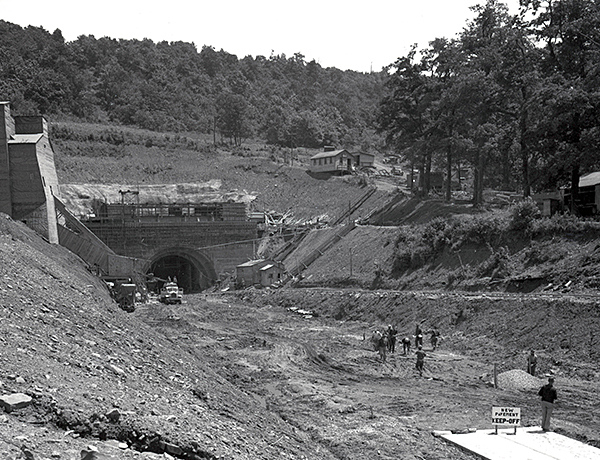
Completing the original tunnels was the most challenging part of the construction of the Turnpike. Six out of seven of the tunnels were already partially constructed by the abandoned South Pennsylvania Railroad project but had not been “holed through.”
Work on the tunnels consisted of drilling, detonating, clearing rubble, reinforcing walls and floors, enlarging and reshaping entrances and exits and more.
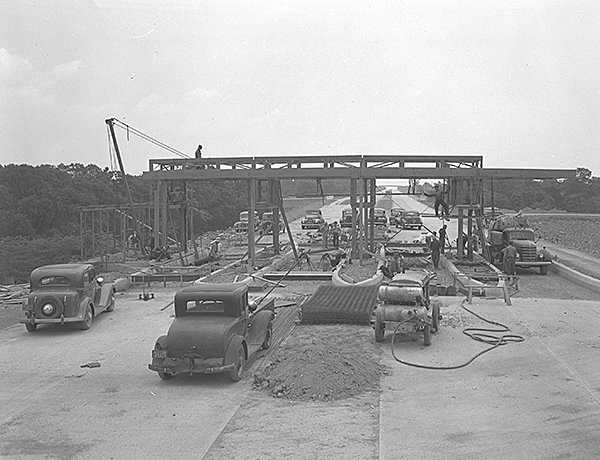
Originally called ticket offices, 11 interchanges were built at Middlesex, Carlisle, Blue Mountain, Willow Hill, Fort Littleton, Breezewood, Bedford, Somerset, Donegal, New Stanton and Irwin. A single ticket office served both Carlisle and Middlesex.
Later renamed Carlisle, as the original Carlisle exit was eventually closed, the construction of the Middlesex ticket office is pictured here.

Ten service plazas, located 25 to 30 miles apart, were constructed with the original Turnpike. Allowing customers to rest, eat or buy fuel during their travels, the total cost of the plaza construction was $500,000.
Continued today, the Commission leased the plazas to outside vendors. Originally, Standard Oil Co of PA held the lease and subcontracted the dining areas and gift shops to Howard Johnson’s.
Pictured here is South Midway Service Plaza on Memorial Day, 1941.
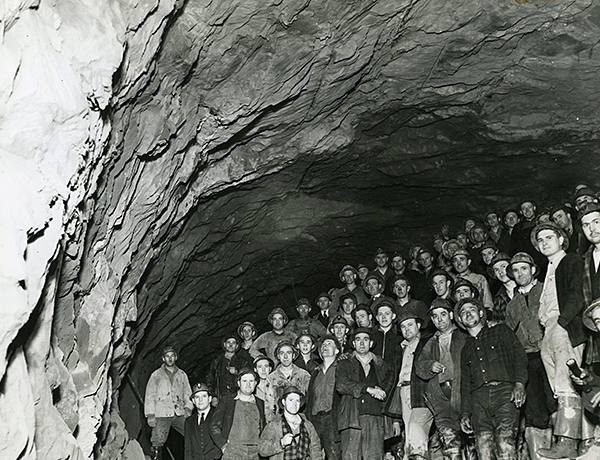
The original PA Turnpike construction project gathered thousands of workers to Pennsylvania’s southern tier. By the spring of 1940, 15,000 workers were on the job with contracts awarded to 155 companies or subcontractors from 18 different states. With the country in the depths of the Great Depression the small surge in employment was a great boost to Pennsylvania’s economy.
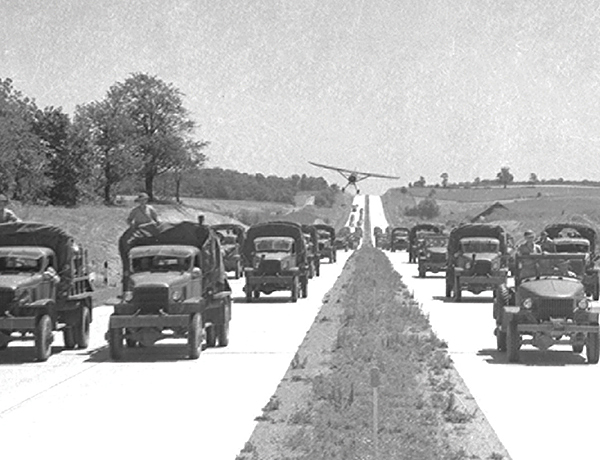
When America entered World War II in 1941 highway travel, like all other facets of American life, was changed greatly.
Gasoline rationing was imposed causing passenger vehicle numbers to greatly decrease. With the movement of materials in convoys the number of trucks rose significantly. PA Turnpike engineers and supervisors, who had just built the original Turnpike in only 23 months, went immediately to wartime work building airports and defense installations in the United States and abroad.
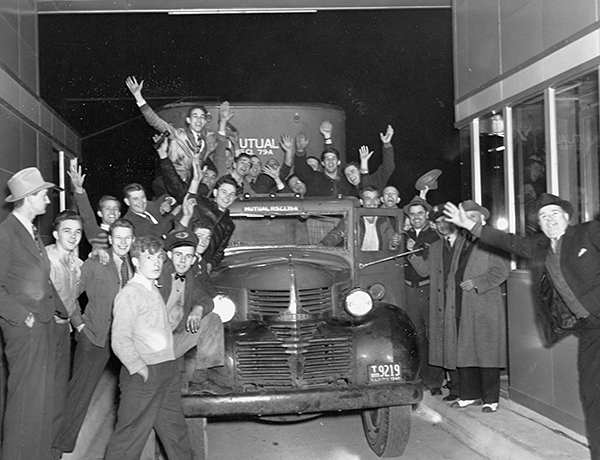
On October 1, 1940, the Pennsylvania Turnpike opened to traffic and ushered in a new era of transportation. The original Turnpike spanned from Middlesex in Cumberland County to Irwin in Westmoreland County and consisted of 160 miles of four-lane-all-concrete highway, seven tunnels, eleven interchanges and ten service plazas. A modern marvel, built in just 23 months.
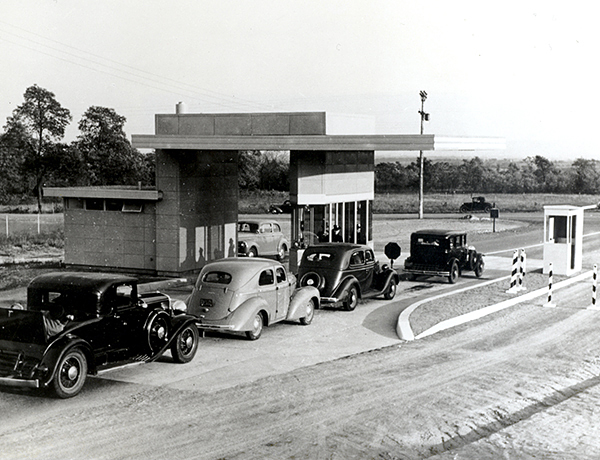
As word spread that the Turnpike offered a dream highway experience, thousands of motorists flocked to the highway daily. In its first 12 months, the Turnpike carried 2.4 million vehicles, nearly twice the original projection of 1.3 million.
Here, cars line up to pay their toll exiting the Blue Mountain Interchange opening weekend.
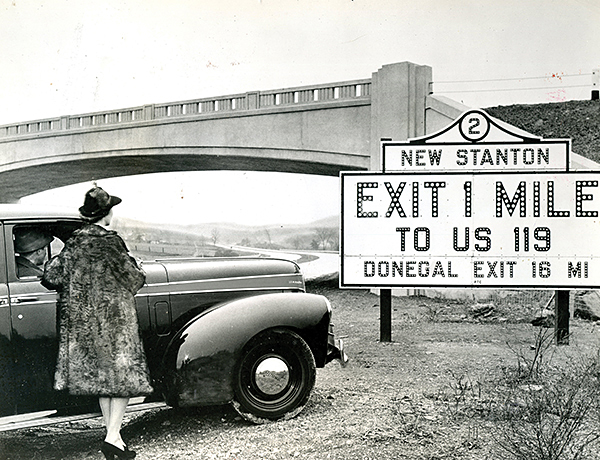
Today, sign colors and verbiage are dictated by state and federal guidelines. But, when the PA Turnpike first opened, engineers had to create a new informative art form.
The original, black and white highway signs seen along the Turnpike – this one photographed in 1941 one mile from the New Stanton Interchange – used reflective glass beads imbedded in the letters for better nighttime visibility.
